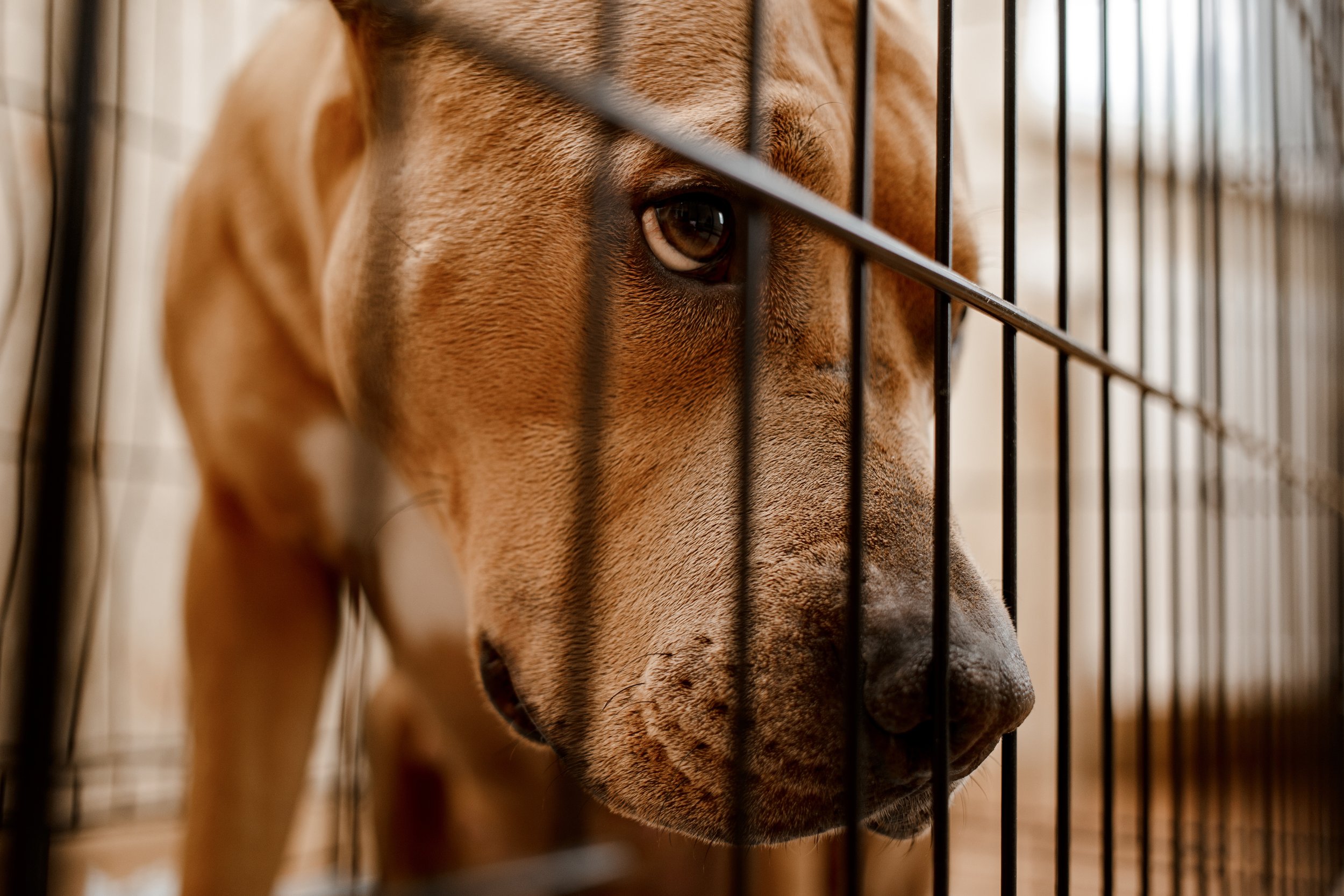Forbes Highlights How Tariffs Could Lead to More Pets Being Surrendered to Shelters
For many people, pets are family. But with the cost of living continuing to rise, even the most devoted pet owners are feeling the strain — and now, new tariffs could make things even harder.
A recent Forbes article by journalist Jen Reeder explores how tariffs may increase the financial burden on pet owners and lead to more dogs and cats being surrendered to shelters.
The True Cost of Pet Parenthood
Owning a pet has never been cheap — but according to Forbes, the average lifetime cost of care for a dog is now $34,550, while a cat can cost around $32,170 over 16 years. As expenses like food, vet care, grooming, and pet supplies continue to rise, many families are already stretched thin.
Now, with new tariffs introduced under former President Trump, there’s growing concern that costs will increase even more. Tariffs on imported goods could affect everything from pet food and medications to cleaning products and veterinary equipment.
Tori Fugate from Shelter Animals Count — an organization that tracks shelter trends across the U.S. — explained that financial strain is already a top reason why pets are surrendered. With prices going up, even more families may be forced to make the painful decision to give up a beloved pet.
Pet Parents Are Already Feeling the Pressure
A recent report by Rover, The True Cost of Pet Parenthood, found that over half of pet owners are worried tariffs will raise the cost of caring for their pets. One in four is already struggling to afford what their pet needs, and one in three has started cutting back on other expenses to cover pet-related costs.
And it's not just about day-to-day items — vet care is becoming harder to afford, too. A new PetSmart Charities-Gallup study found that 52% of pet owners have either skipped a needed vet visit or turned down recommended treatment in the past year. Of those, 71% said it was because of money.
Even more heartbreaking: one in three pet parents said they know someone whose pet passed away because they couldn’t afford medical care.
Shelters Are Struggling Too
It’s not just pet families who are impacted. Animal shelters across the country are facing higher costs themselves — including for veterinary supplies, food, and staffing — all while seeing more animals come through their doors.
“This makes it even harder for shelters to meet growing demand,” Fugate said. Shelter Animals Count is currently monitoring trends to see how economic changes like tariffs may be influencing intake and surrender rates.
Why Pets Are Still Worth It
Despite the financial stress, Americans still value their pets deeply. In fact, the number of pet-owning households in the U.S. has jumped to 94 million, up from 82 million in 2023, according to the American Pet Products Association. Americans spent a record $152 billion on the pet industry last year, and that number is expected to hit $157 billion in 2025.
But the value of pets goes far beyond the money. Numerous studies show that having a dog or cat can reduce stress and anxiety, improve heart health, and even extend life expectancy after a serious illness. One study even found that the joy pets bring is comparable to the emotional benefit of earning an extra $92,000 per year.
Where to Turn for Help
If you or someone you know is struggling to afford pet care, there are resources available. Nonprofits across the country are stepping up to help keep pets with the families who love them. Some of the support available includes:
Pet food pantries
Emergency vet care grants
Free or low-cost vaccination and spay/neuter clinics
Sliding-scale vet services
Temporary boarding during a crisis
To find low-cost or free pet services near you, visit PetHelpFinder.org — it’s a free and easy way to search by zip code.
